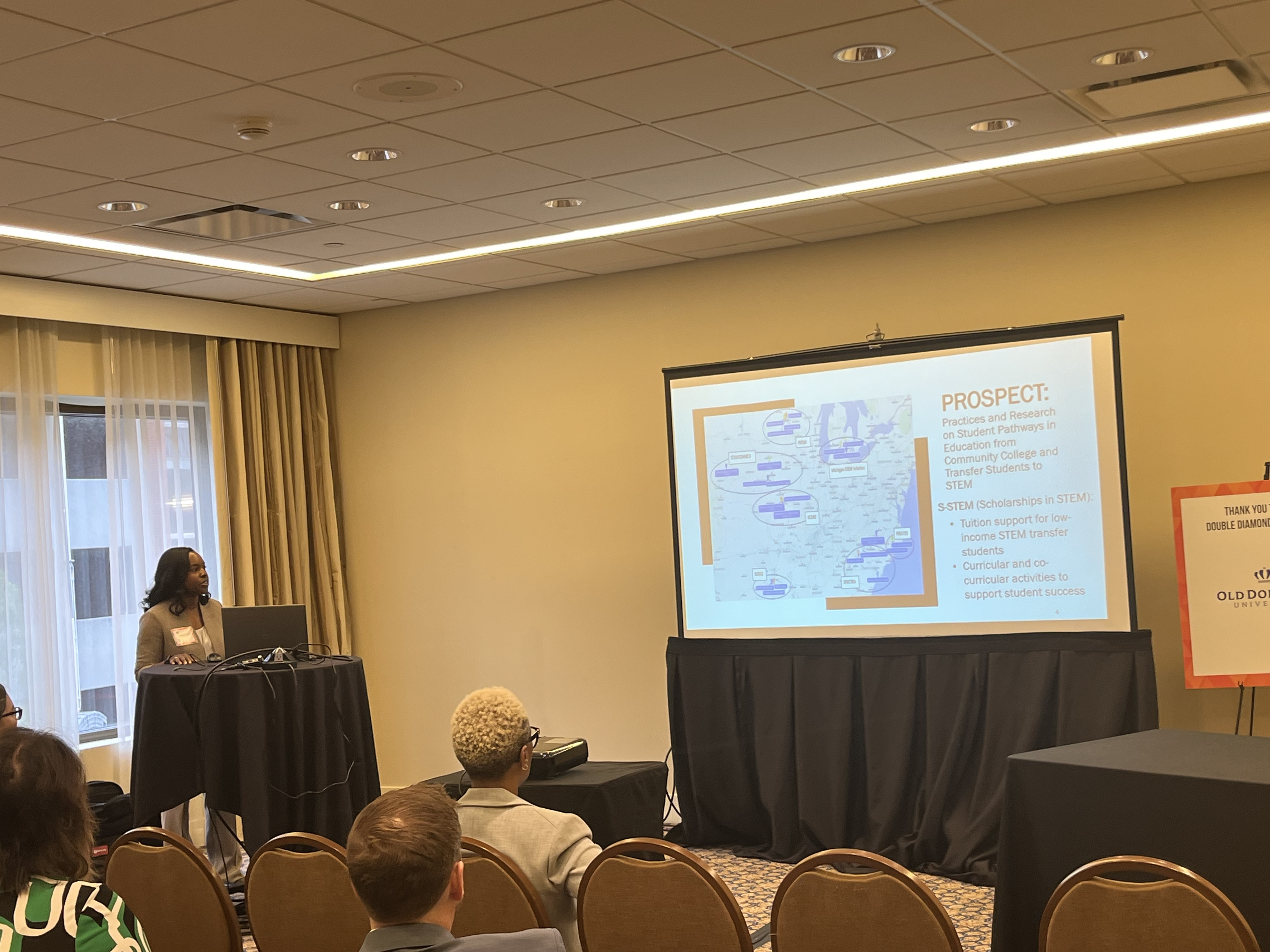
In April, I had the opportunity to attend and present PROSPECT research at the 65th annual Council for the Study of Community Colleges Conference (CSCC) that was held in Pittsburgh, PA. The study I presented explored how college instructors frame their beliefs about transfer students and describe their teaching practices. This study was conducted in collaboration with Dr. Matthew Voigt (Clemson University), Dr. Michelle Maher (University of Missouri-Kansas City), Shannon Conner (PhD Candidate- Clemson University), and Dr. Matthew Boyer (Clemson University).
Briefly, we leveraged data from our PROSPECT site visits to produce narrative accounts of instructors who support transfer students through NSF S-STEM Programs. Community cultural wealth (CCW) guided our examination of instructors’ beliefs and practices using the six forms of cultural capital (Yosso, 2005). We found that instructors had challenges identifying linguistic, resistant, or familial capital, but more readily noted the navigational, aspirational and social capital of transfer students.
Furthermore, programs focusing on the “enculturation” of transfer students to the four-year college environment may perpetuate deficit perspectives for instructors. To disrupt those deficit-based views, we proposed introducing college instructors to culturally relevant pedagogy (CRP). CRP is an asset-oriented framework that requires instructors to center students’ cultural capital in order to foster a classroom that supports students' academic achievement, cultural competence, and sociopolitical consciousness (Ladson-Billings, 1995).
So, as an outcome of this work we offer an alignment tool (see below) that may support instructors in adopting culturally relevant pedagogy by recognizing the community cultural wealth of transfer students. This tool aligns the six forms of cultural capital (Yosso, 2005) with the domains of CRP (Ladson-Billings, 1995) and provides examples of inclusive practices that we observed in our study that elevate transfer students’ cultural capital and foster a more culturally relevant learning environment.